-
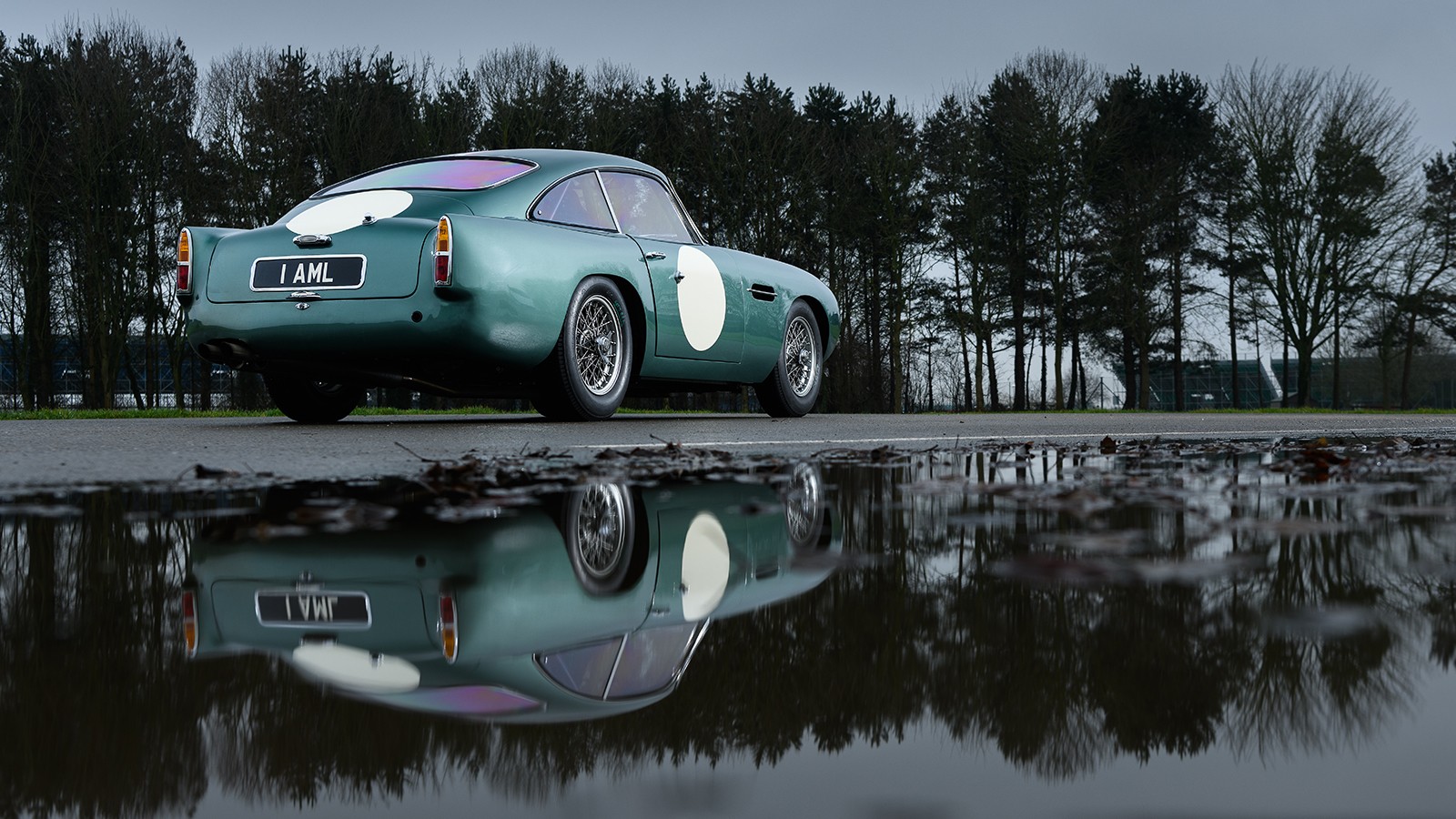 © Dean Smith
© Dean Smith -
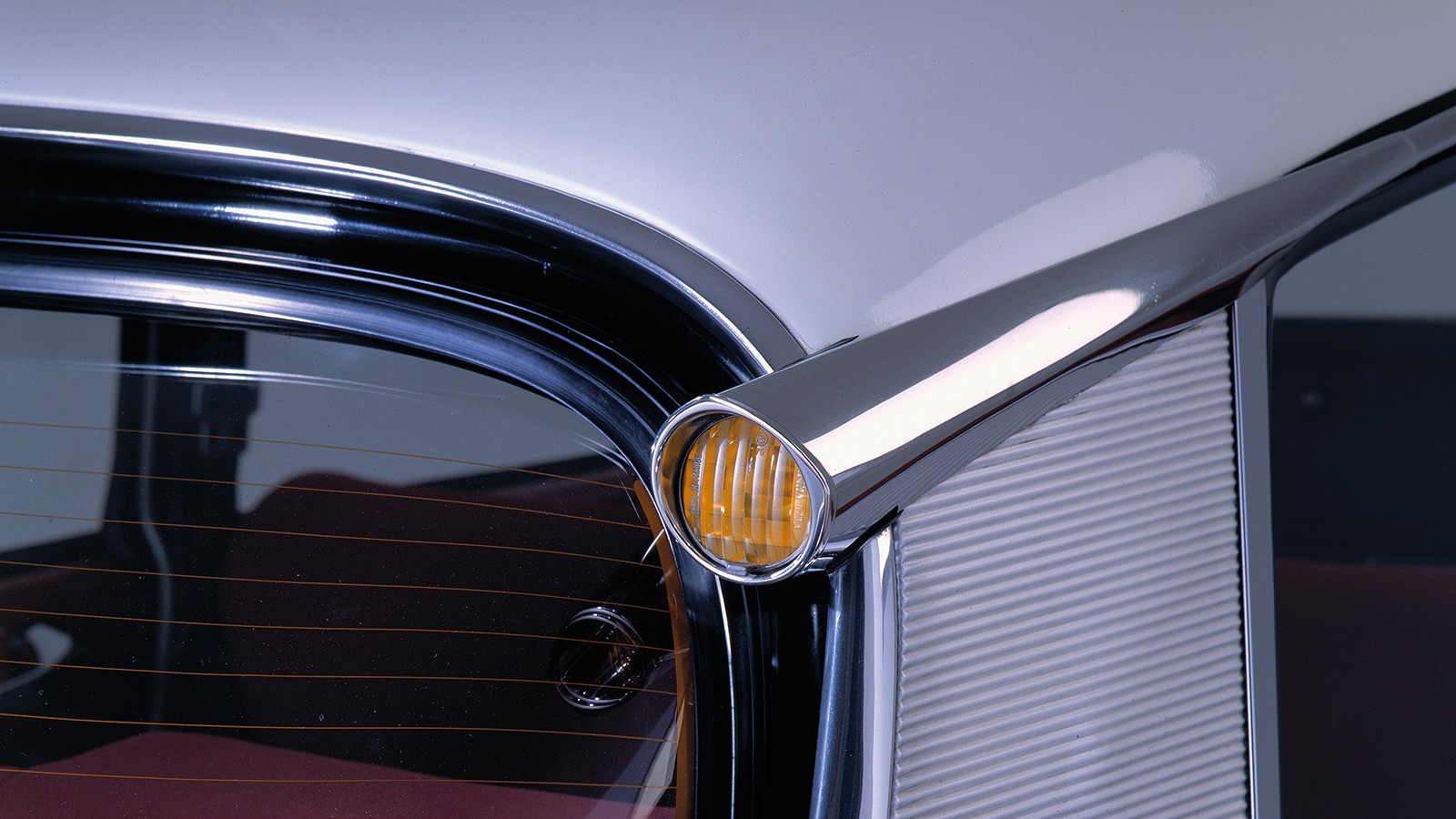 © Classic & Sports Car
© Classic & Sports Car -
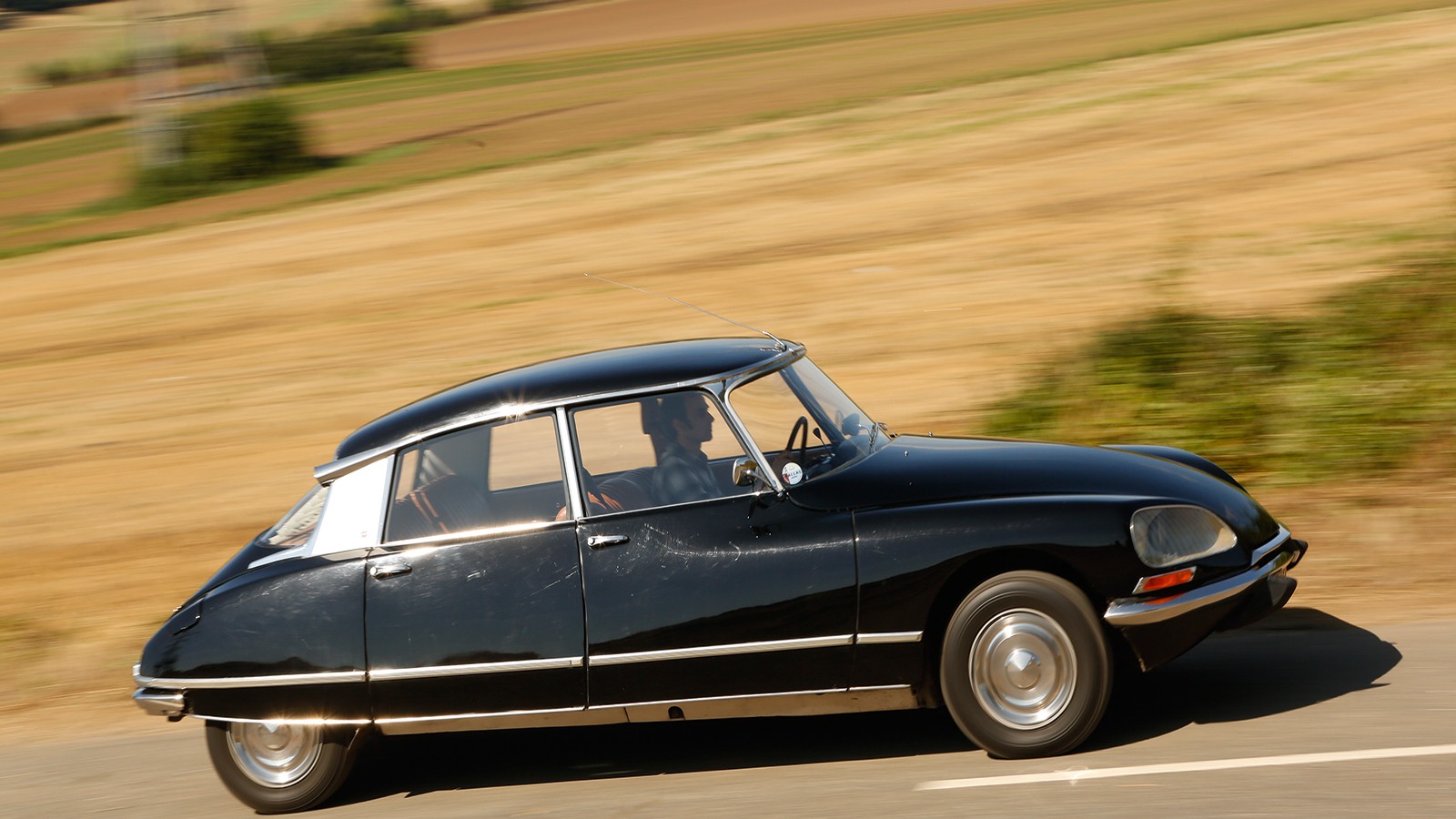 © Classic & Sports Car
© Classic & Sports Car -
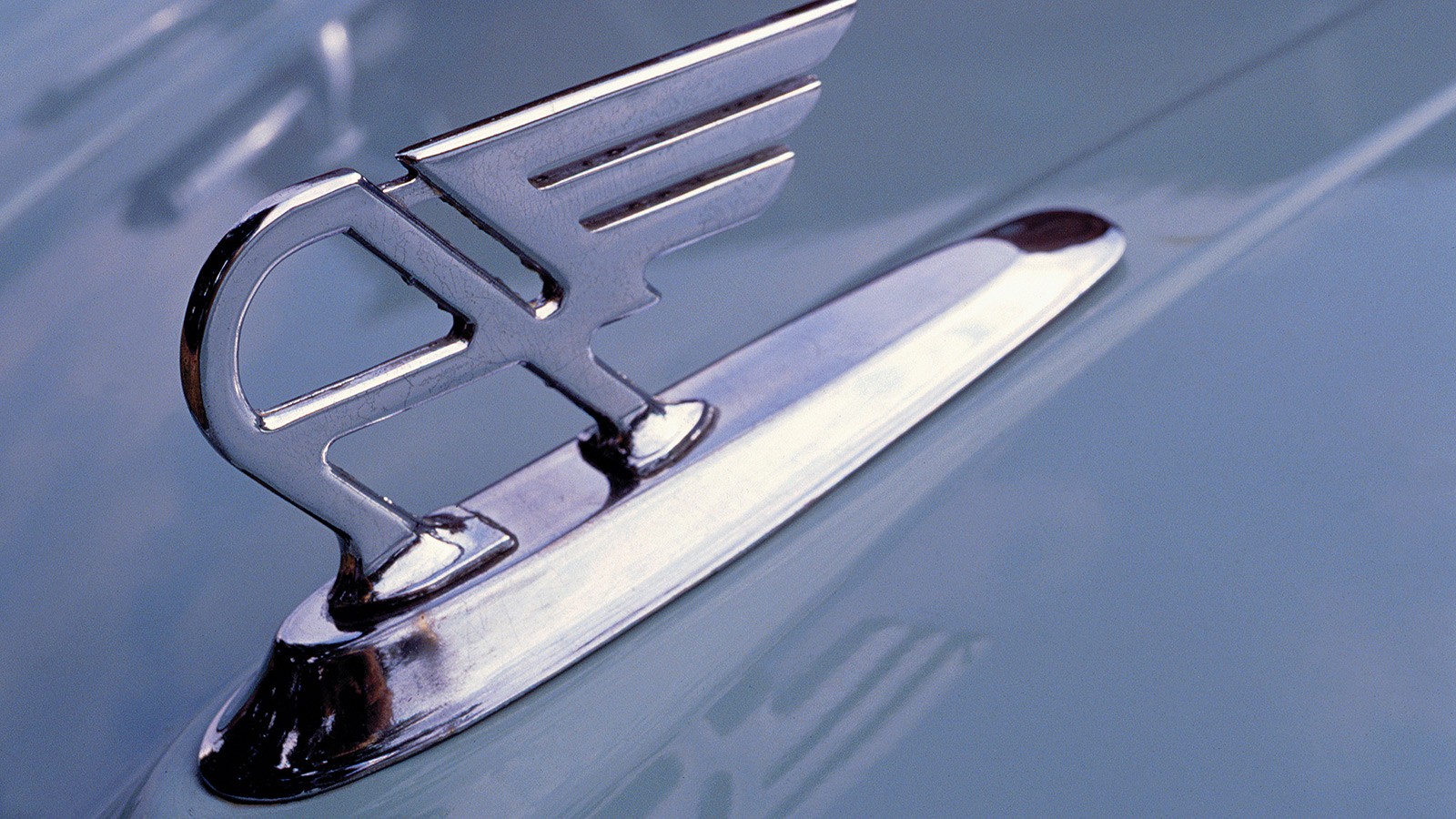 © Classic & Sports Car
© Classic & Sports Car -
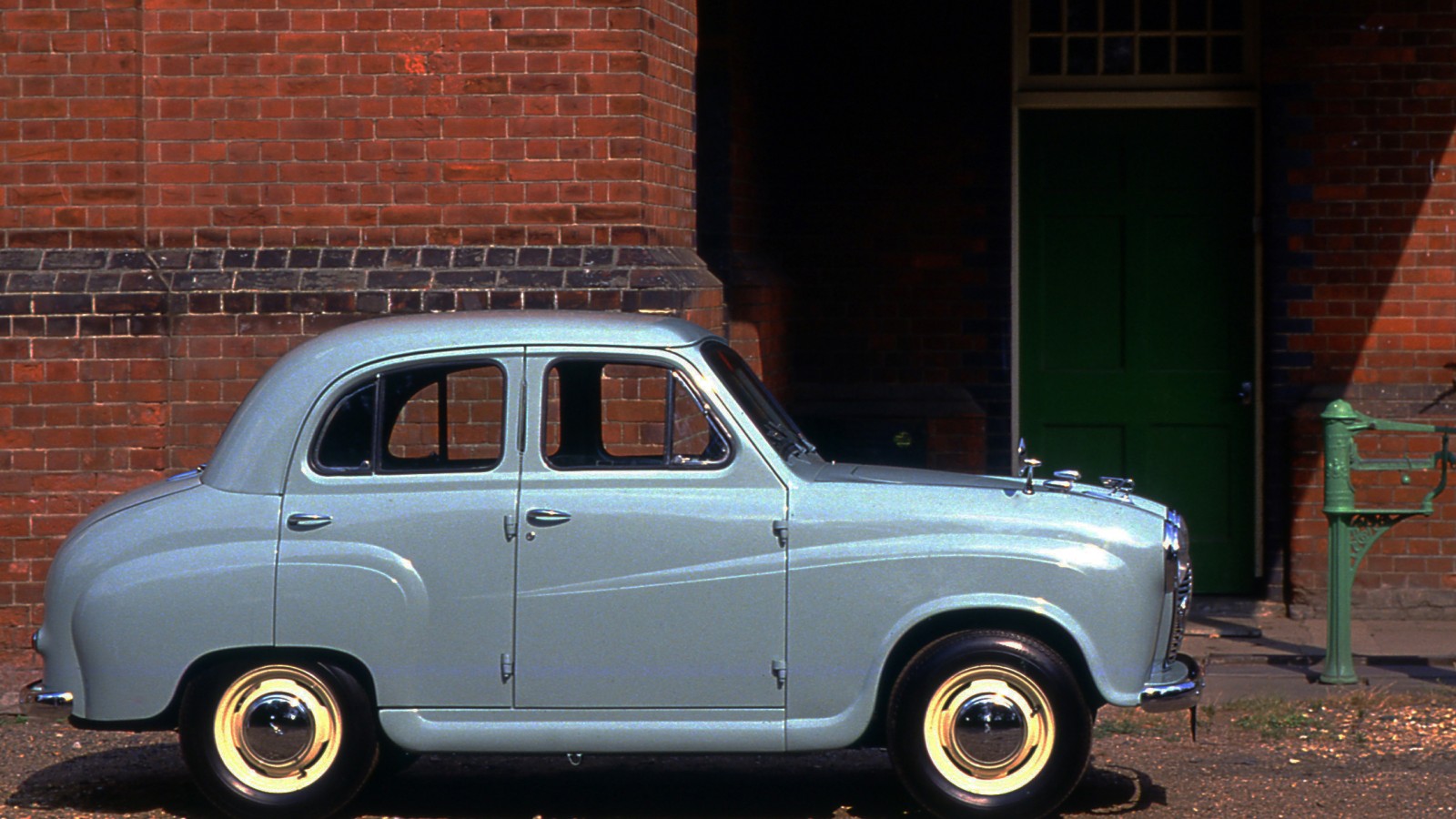 © Classic & Sports Car
© Classic & Sports Car -
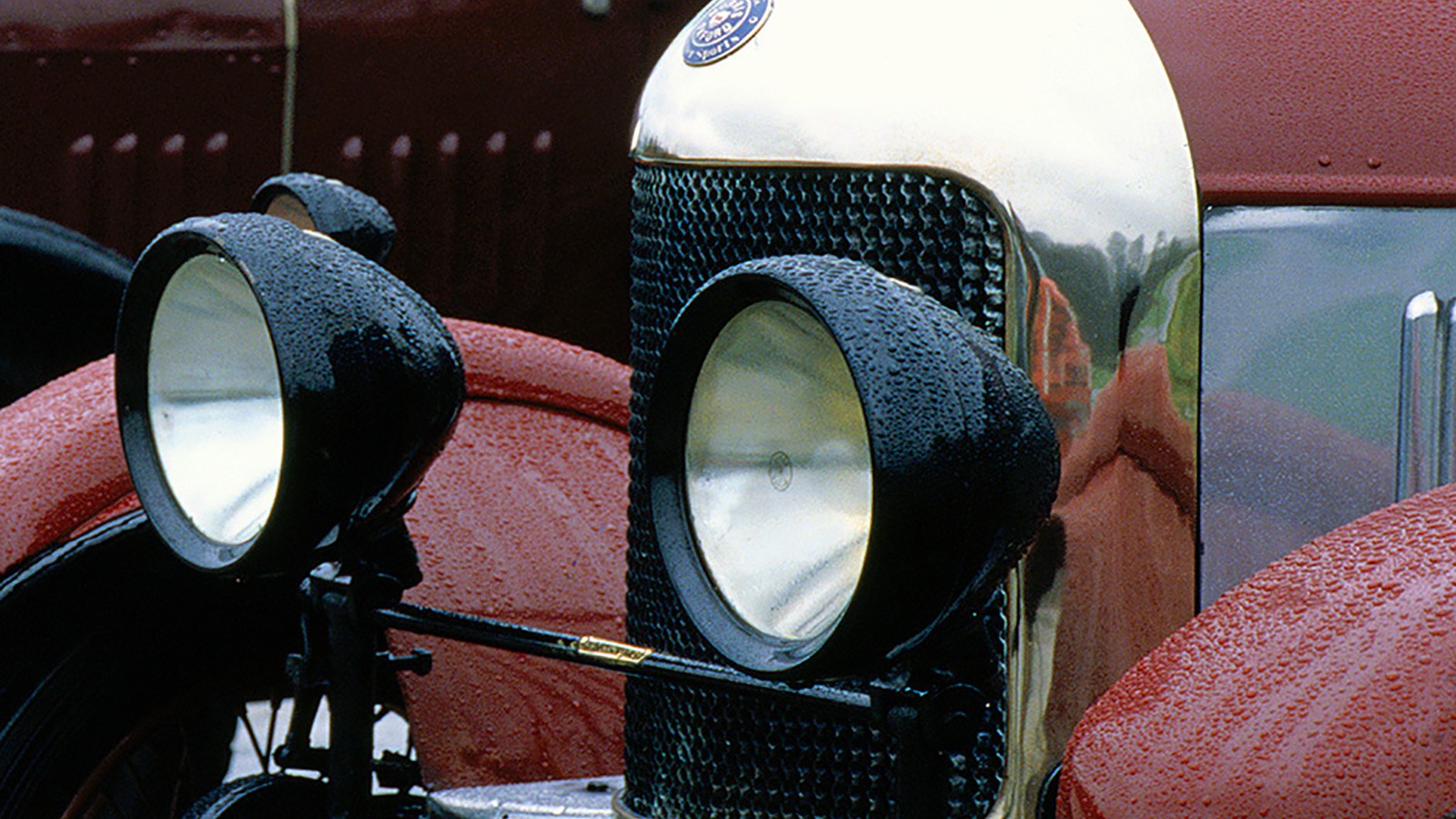 © Classic & Sports Car
© Classic & Sports Car -
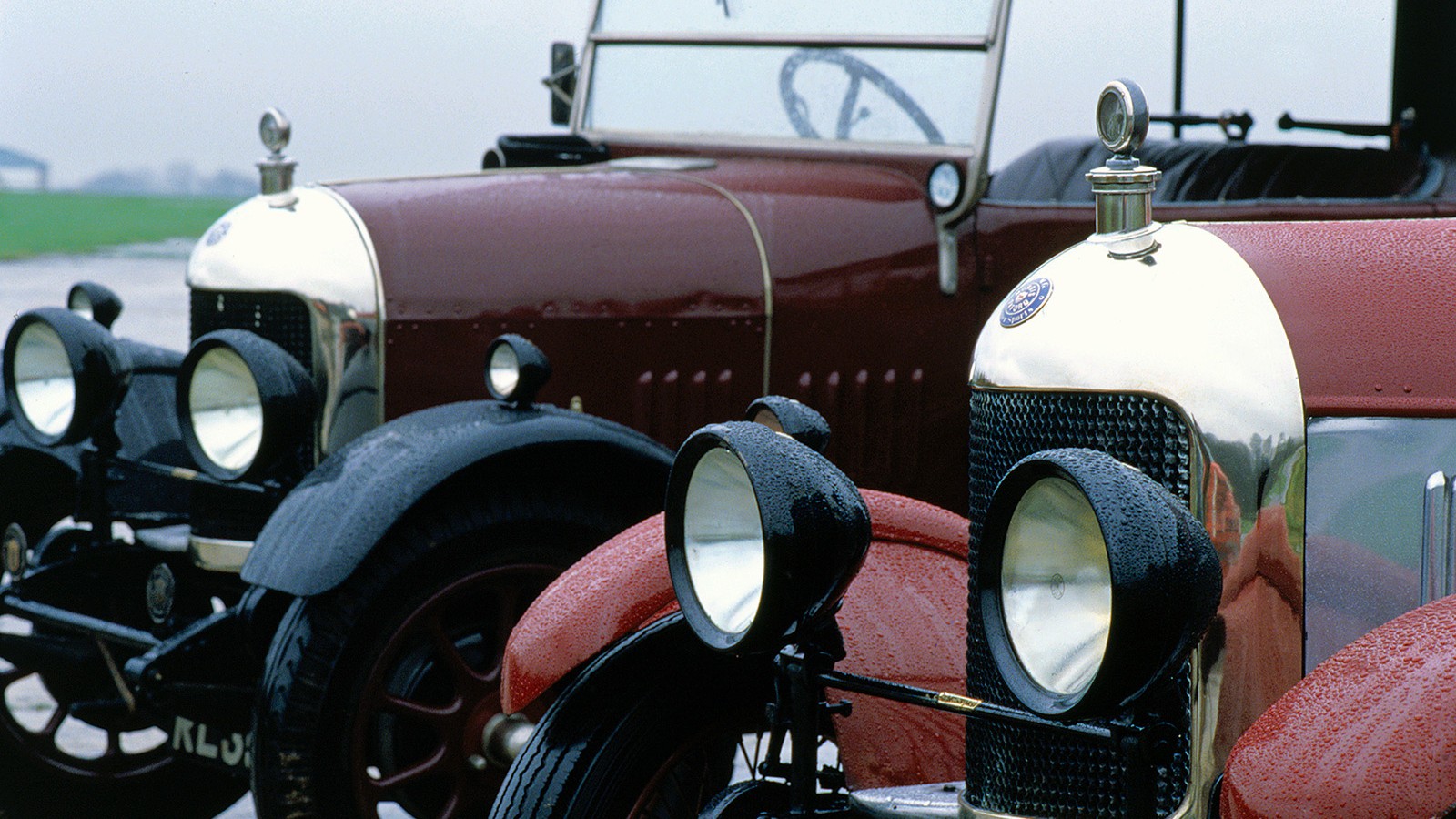 © Classic & Sports Car
© Classic & Sports Car -
 © Classic & Sports Car
© Classic & Sports Car -
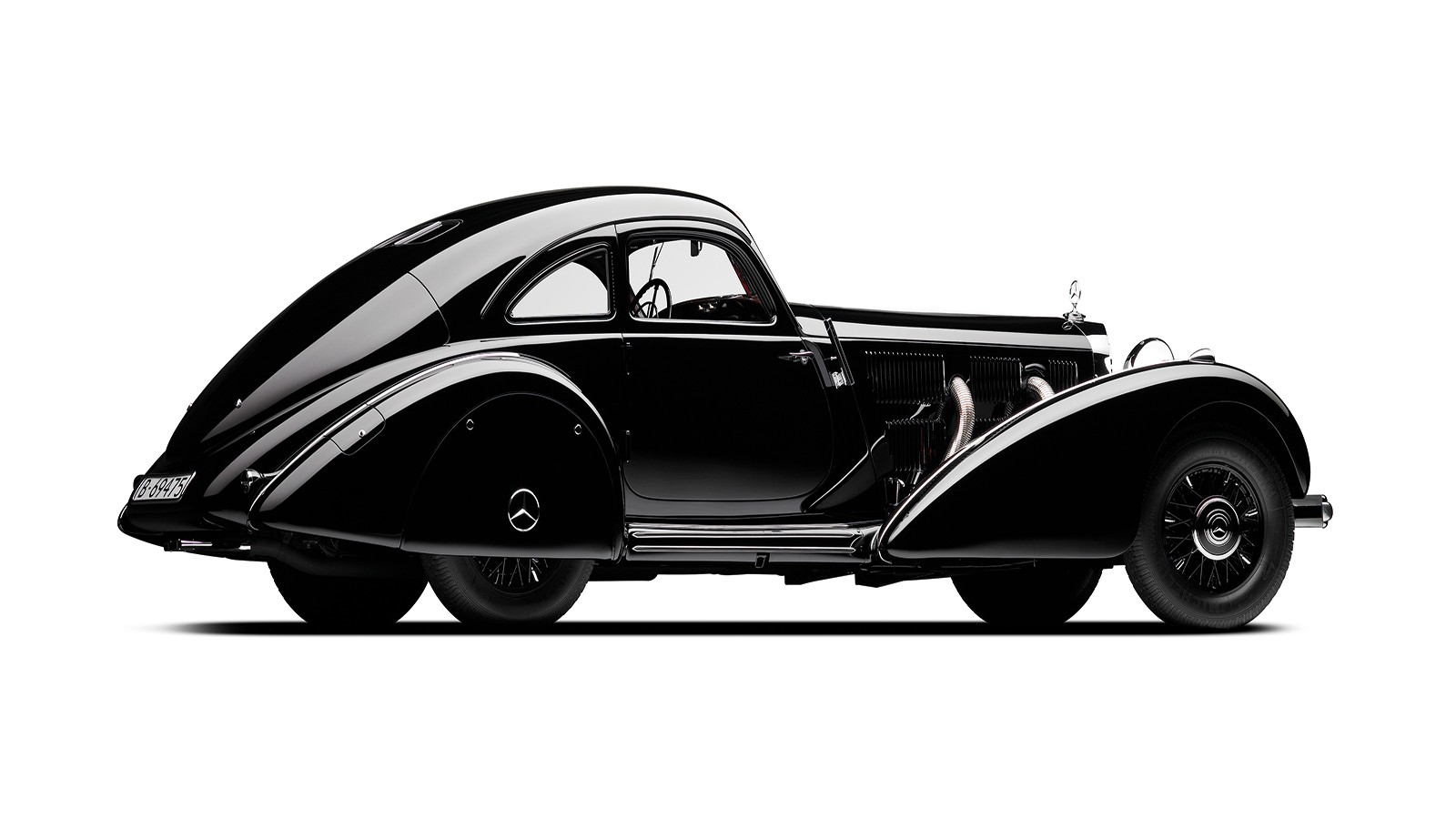 © Classic & Sports Car
© Classic & Sports Car -
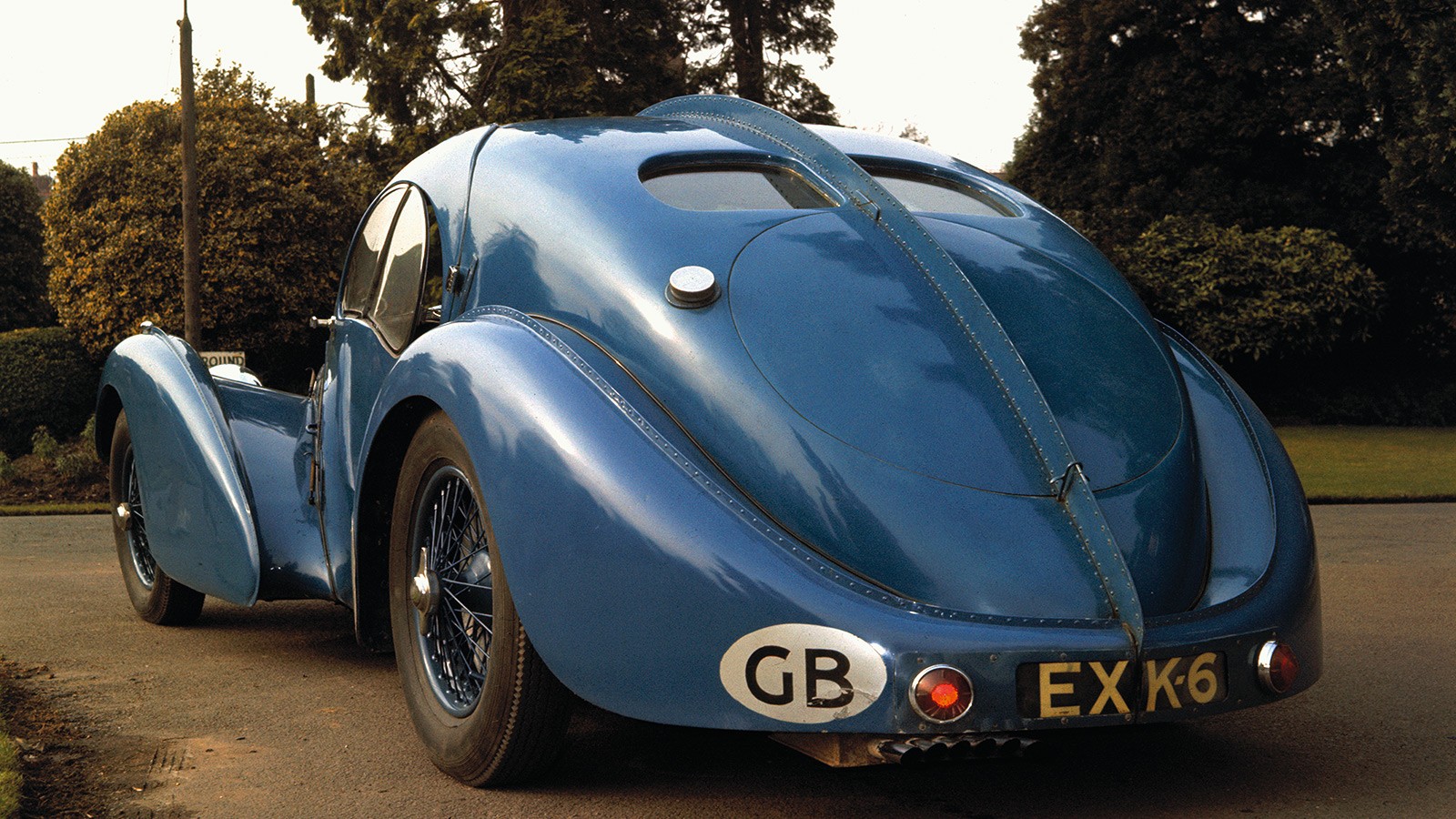 © Classic & Sports Car
© Classic & Sports Car -
 © Classic & Sports Car
© Classic & Sports Car -
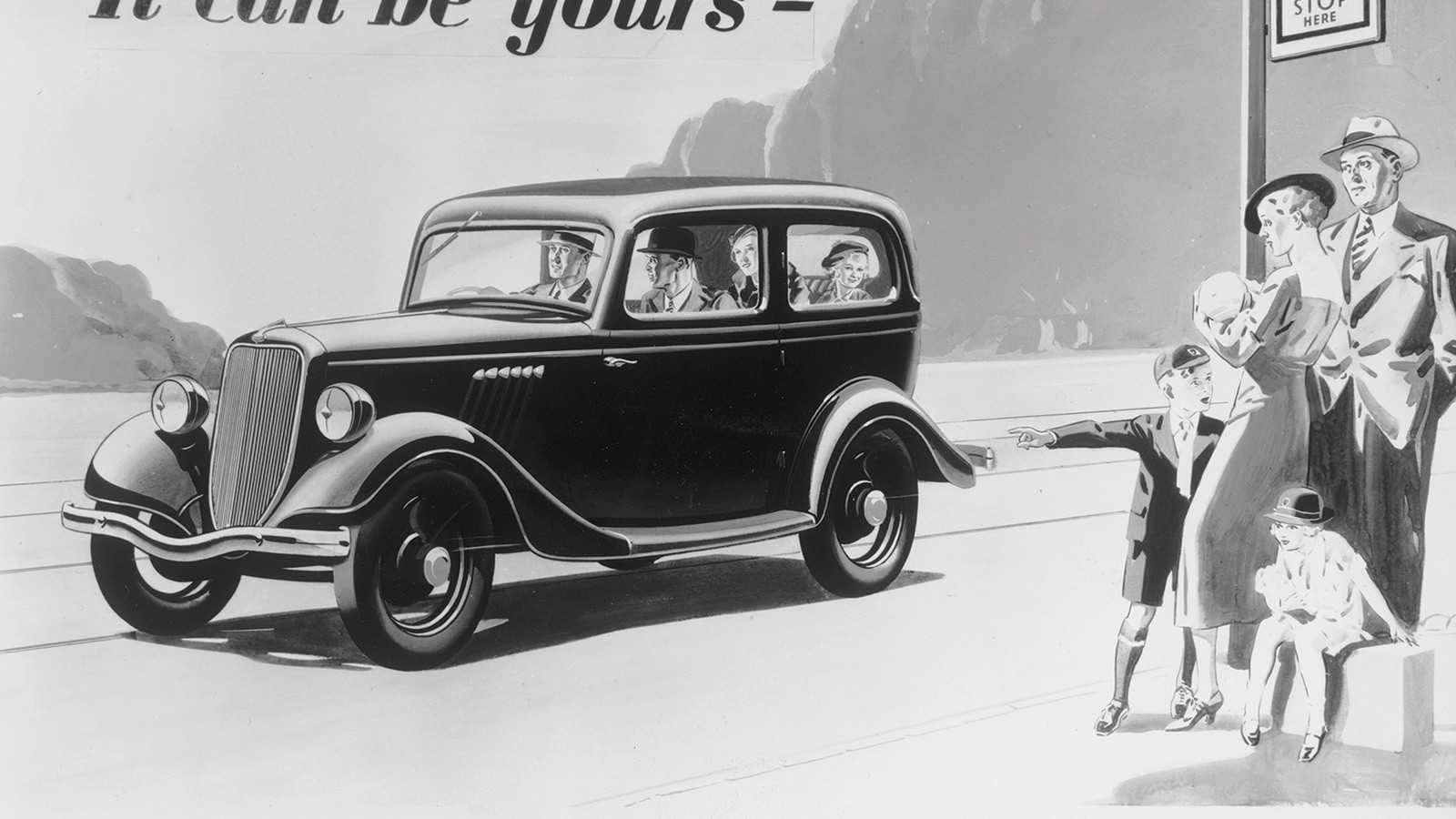 © Classic & Sports Car
© Classic & Sports Car -
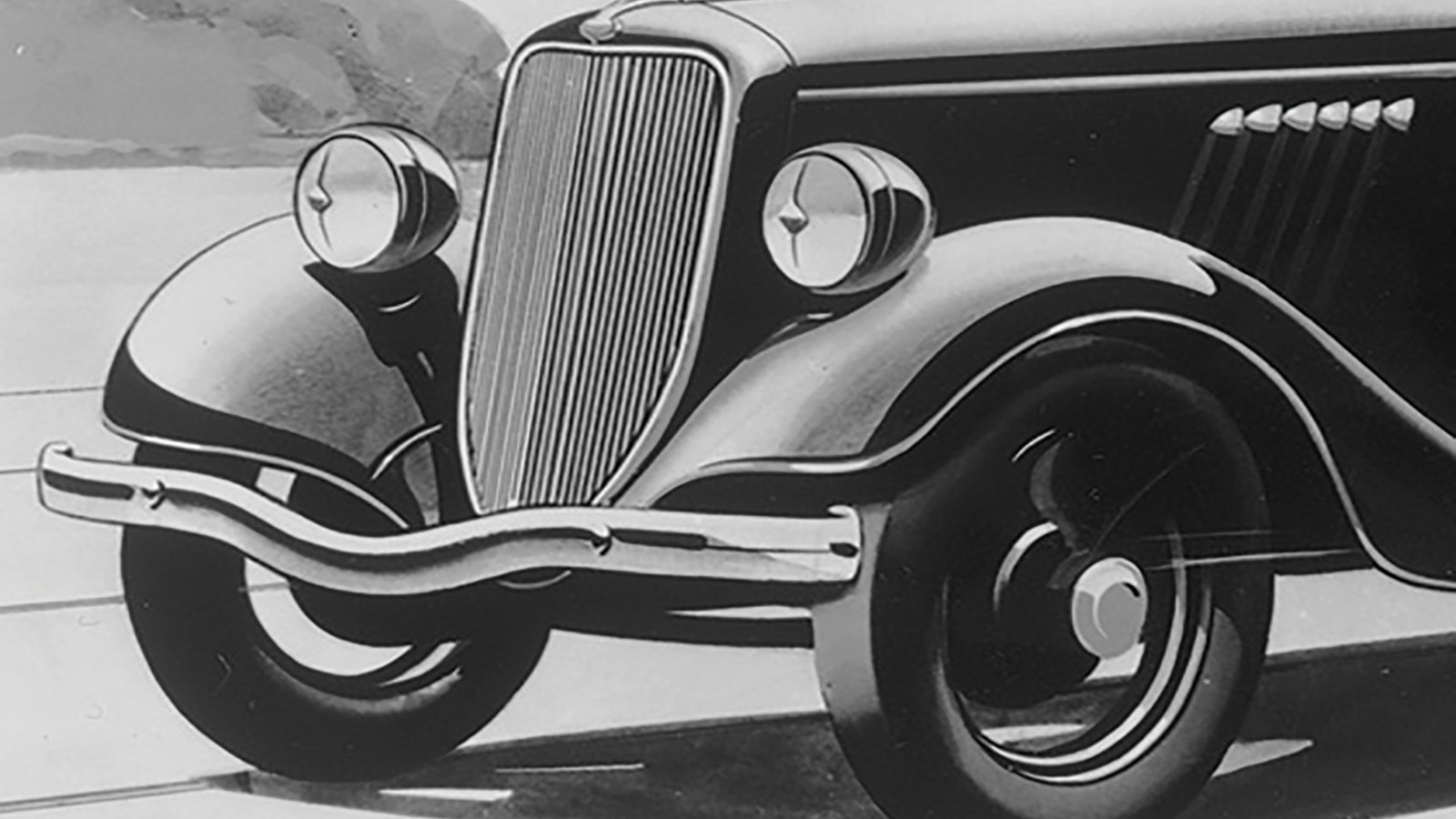 © Classic & Sports Car
© Classic & Sports Car -
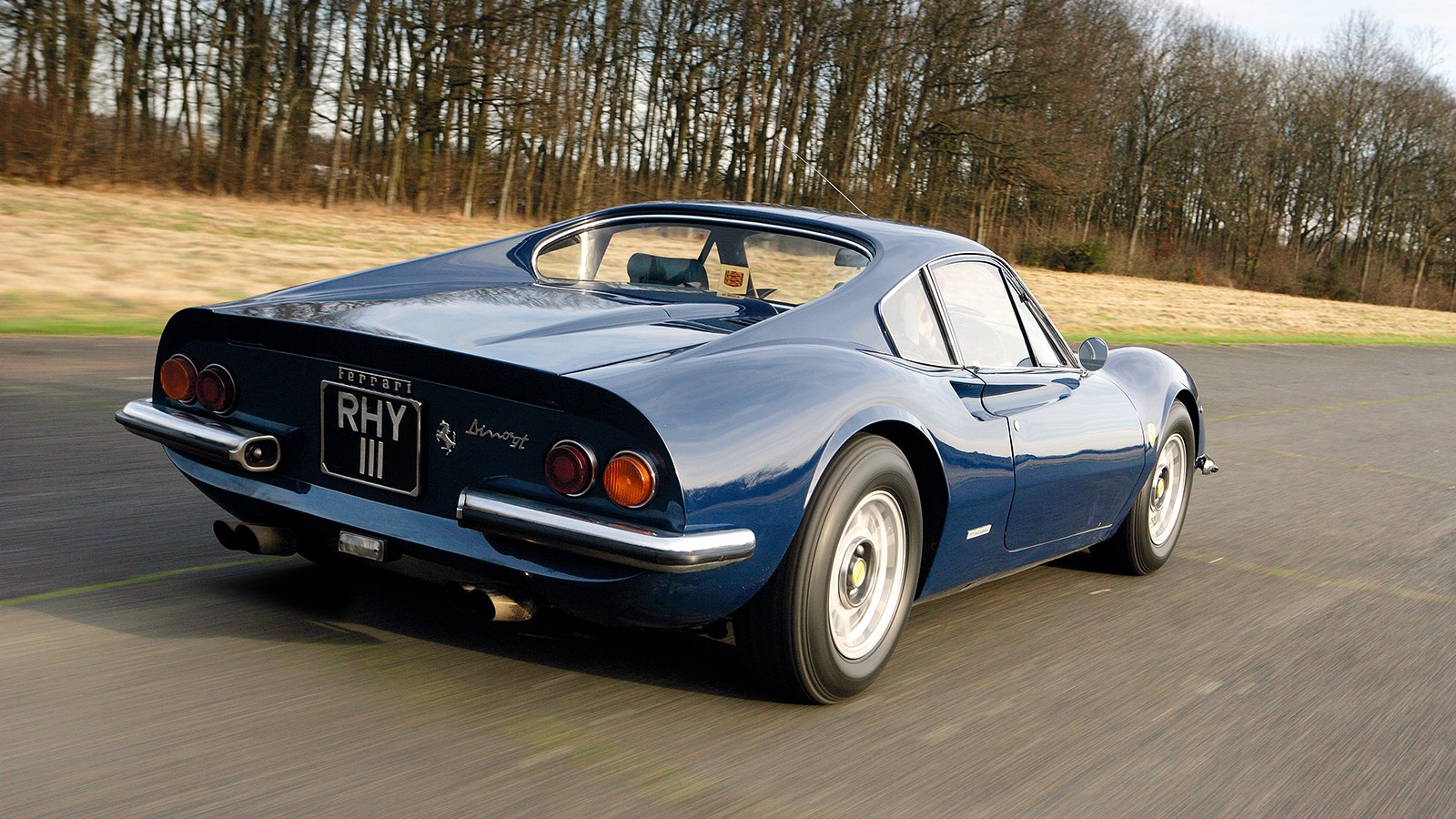 © Classic & Sports Car
© Classic & Sports Car -
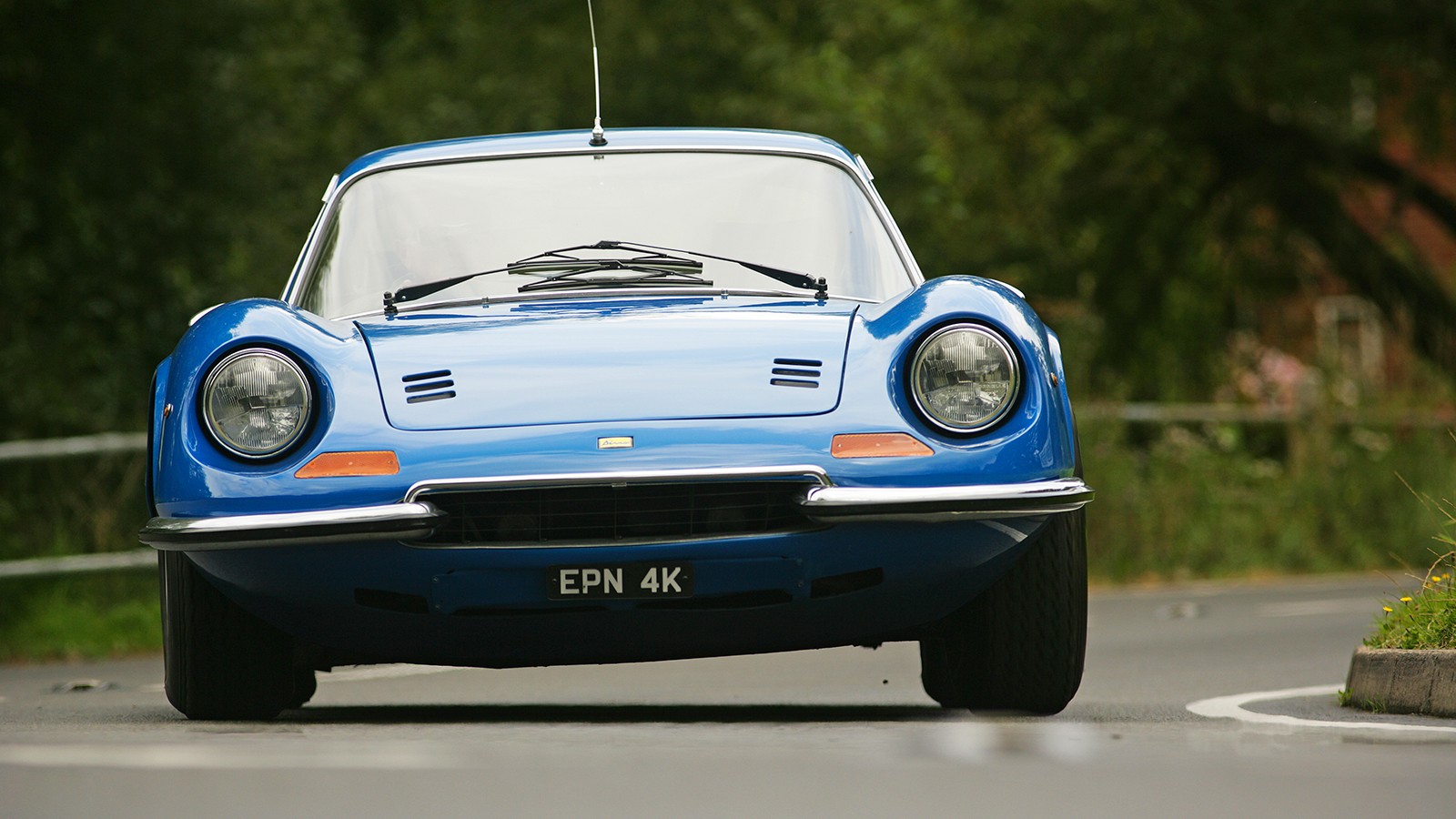 © Tony Baker
© Tony Baker -
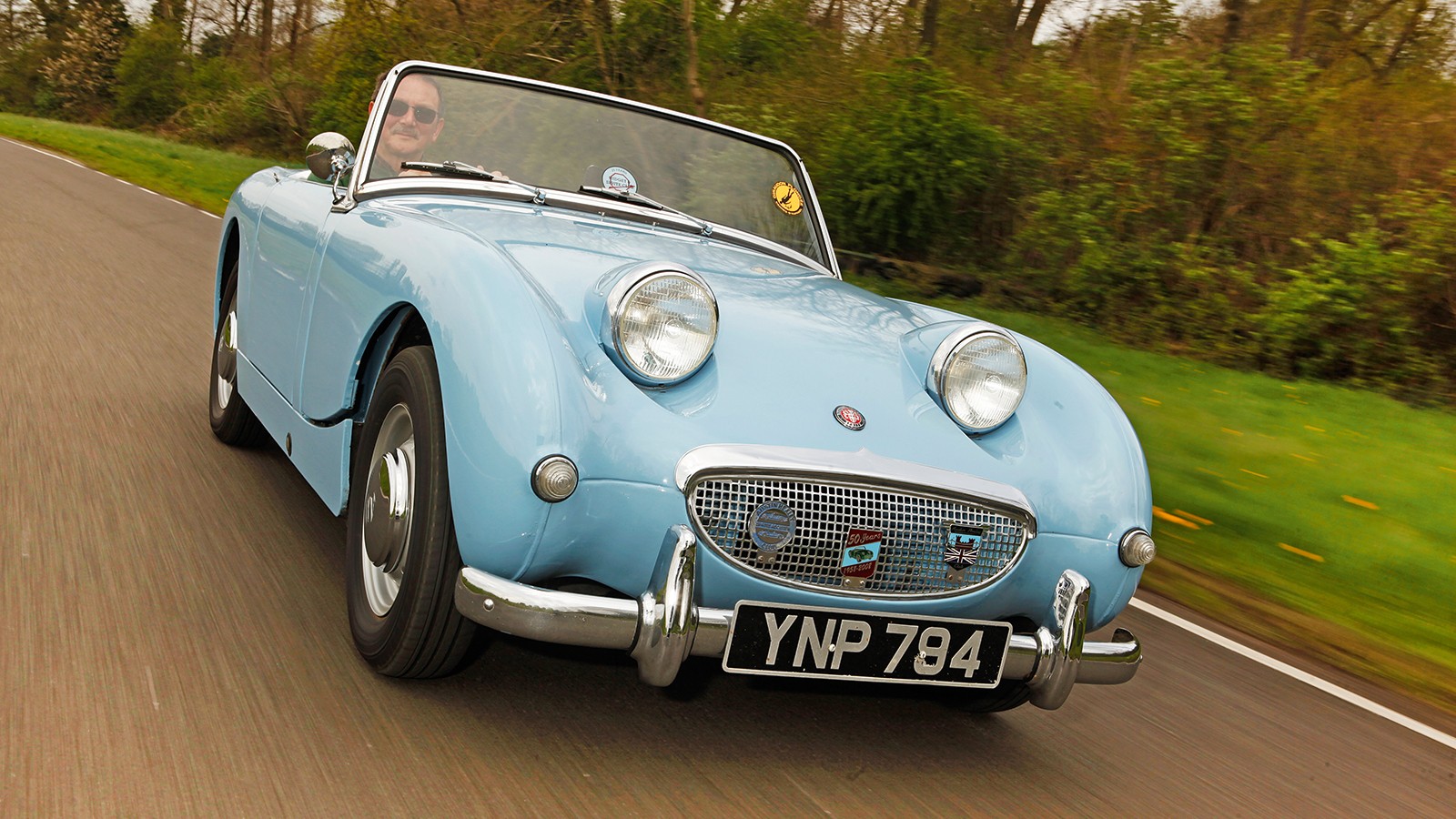 © Classic & Sports Car
© Classic & Sports Car -
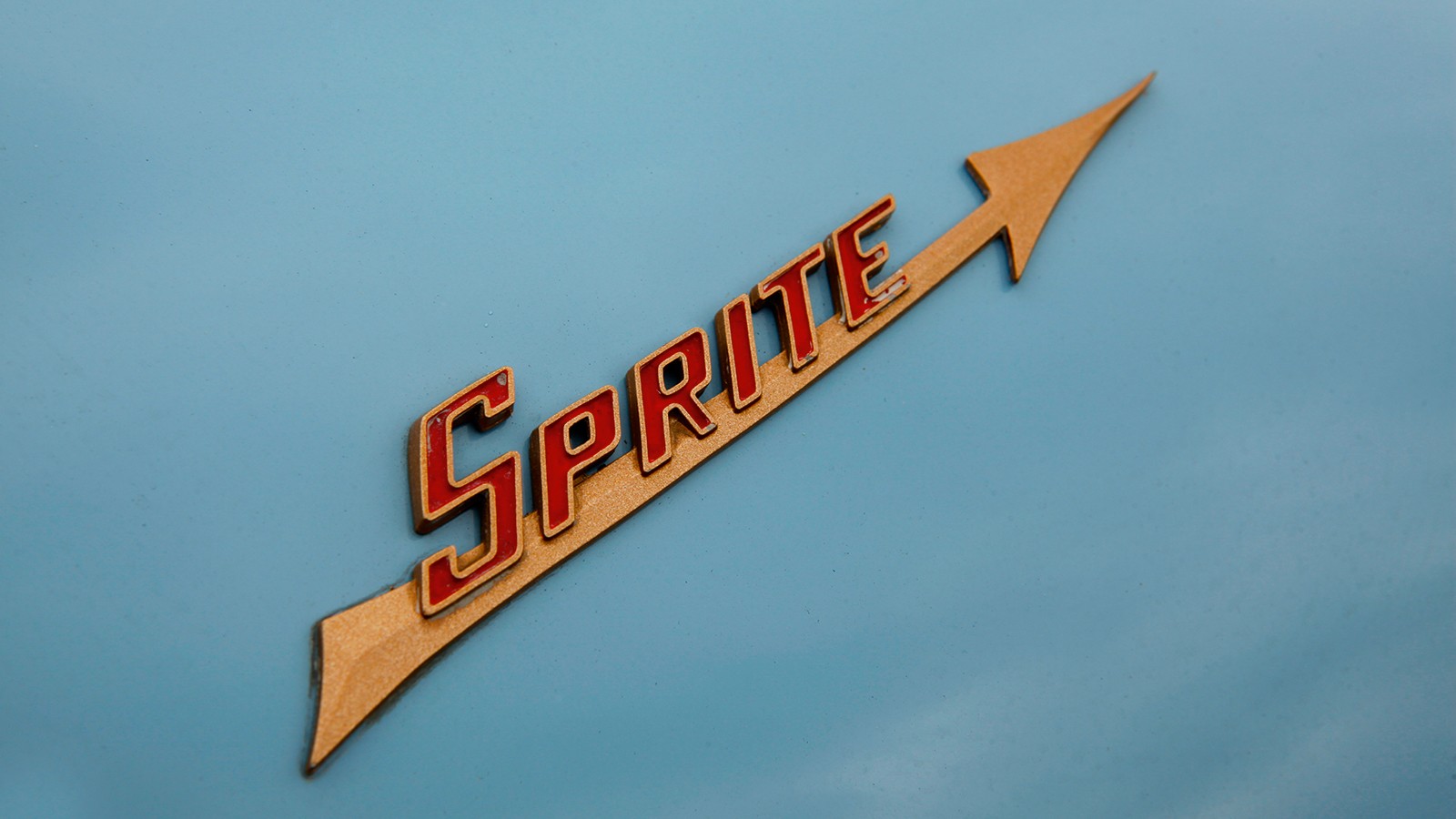 © Classic & Sports Car
© Classic & Sports Car -
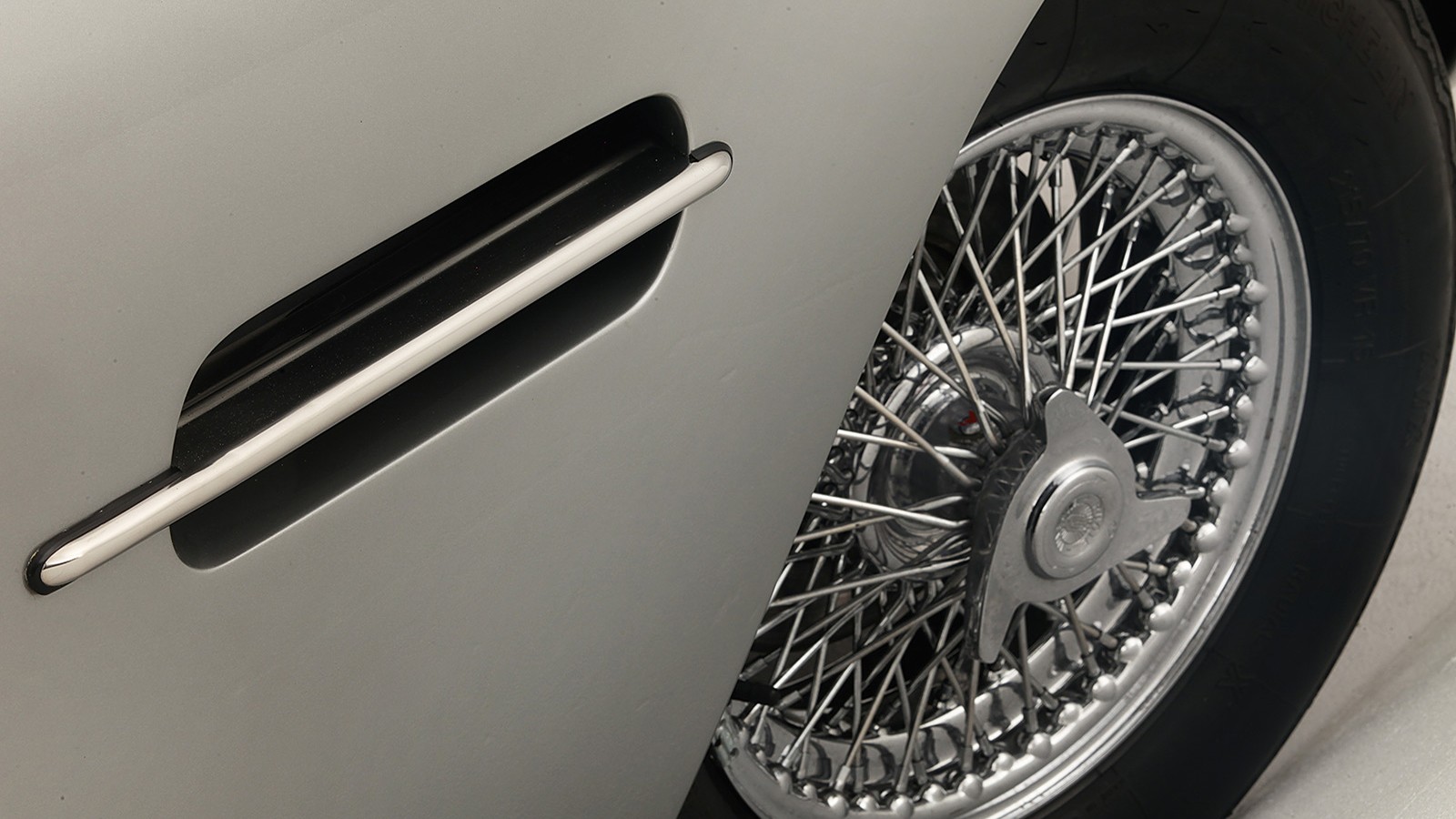 © Classic & Sports Car
© Classic & Sports Car -
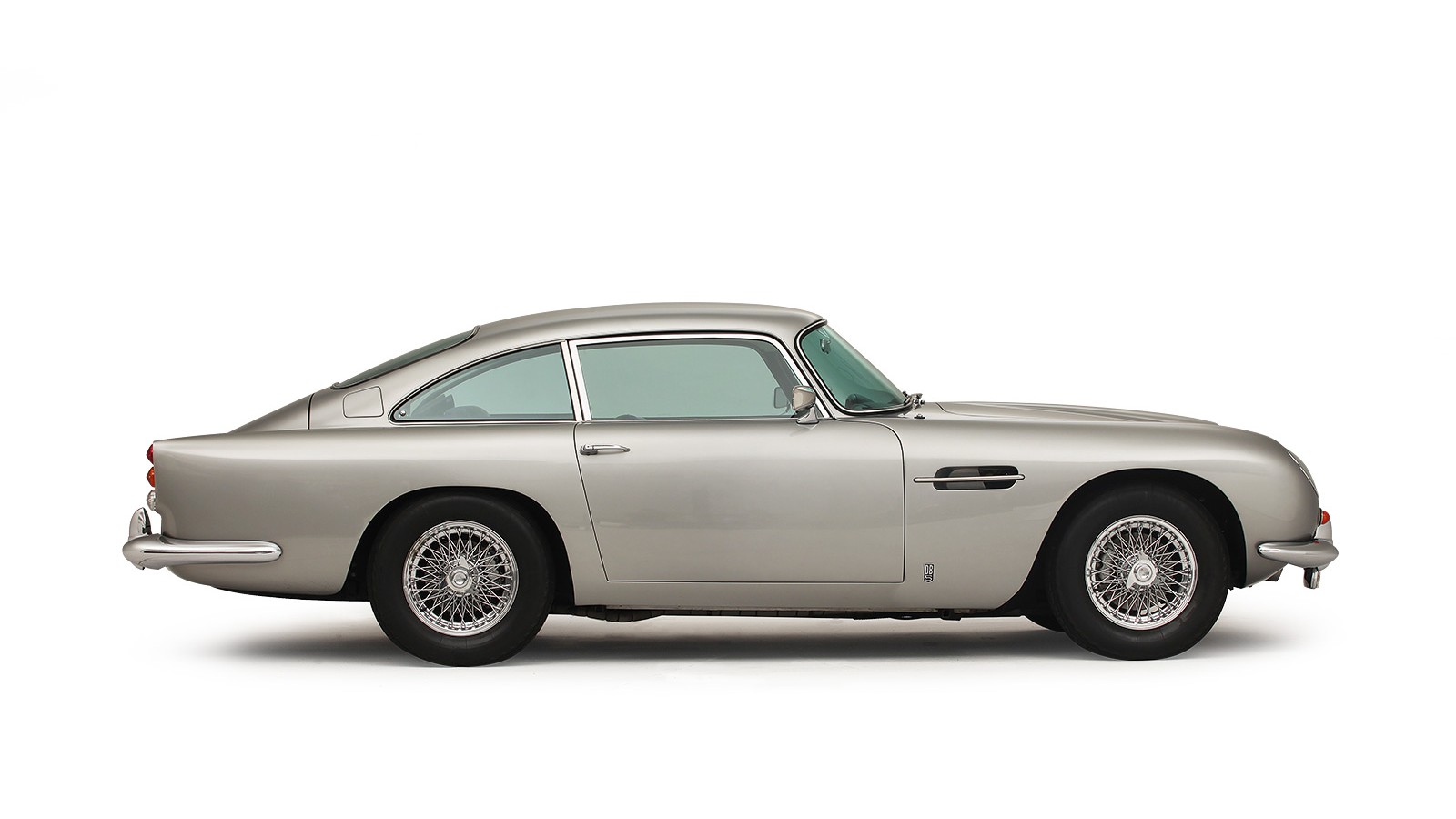 © Classic & Sports Car
© Classic & Sports Car -
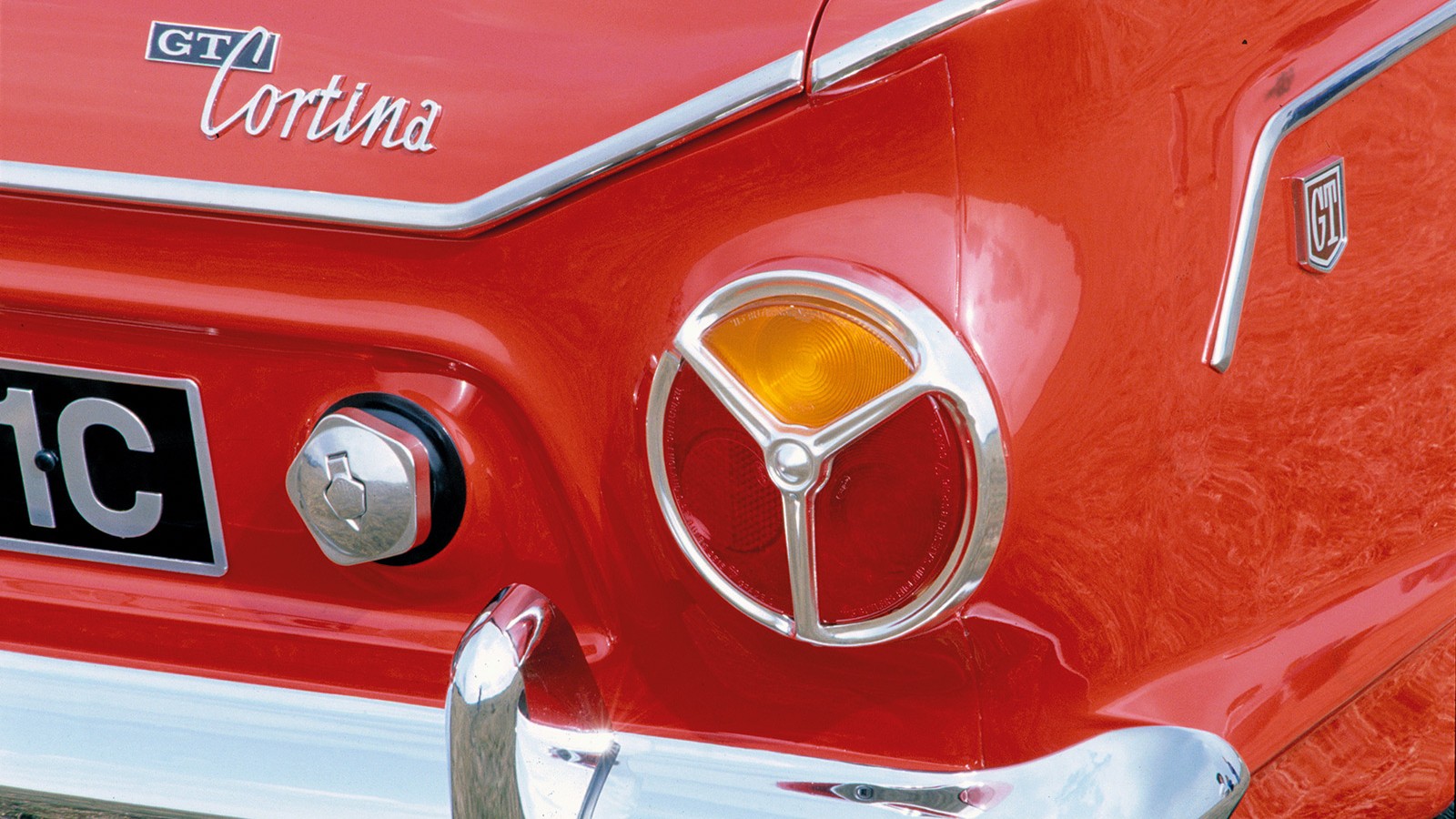 © Classic & Sports Car
© Classic & Sports Car -
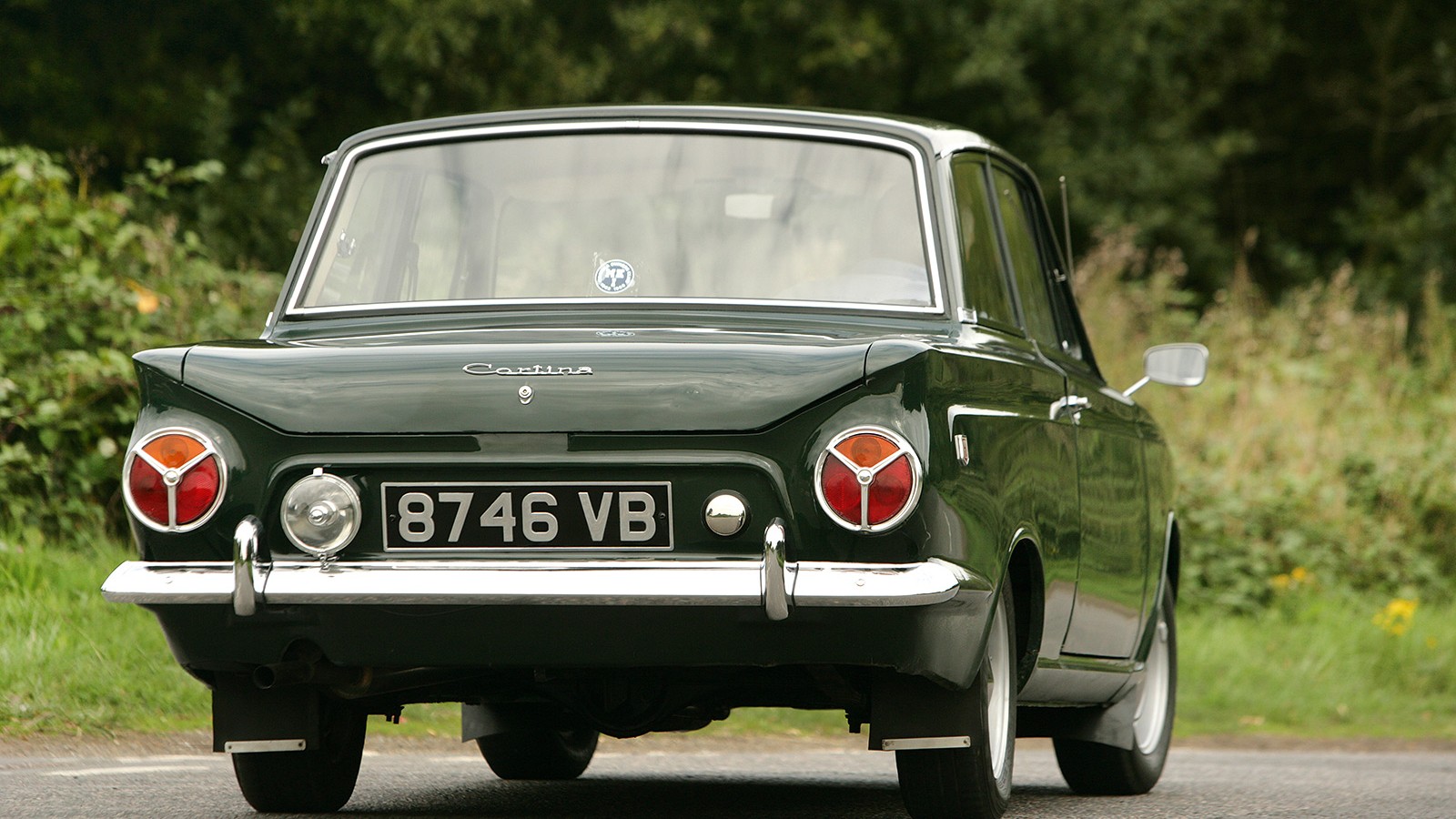 © Classic & Sports Car
© Classic & Sports Car
-
Because it’s all about attention to detail
The devil, they say, is in the detail. I’m not sure where the devil comes in, but inspiration and sometimes improvisation have led to design touches that define certain cars. Not only that, but some of these masterstrokes are so emblematic that they have been widely imitated.
Here, we list the 10 most memorable design features.
-
Citroën DS ‘chip-cones’
A moment of genius from Citroën’s Flaminio Bertoni. A last-minute restyle transformed the DS from a six-light saloon to four-light configuration, and brought with it a raised roofline that sat ill with the retention of the original shallow rear window.
-
Citroën DS ‘chip-cones’ (cont.)
The roof-mounted ‘chip-cone’ indicators took the eye away from this visual ‘step’. At the same time, they added definition to the rear of the car – although some folks still grumbled that it looked as if the stylist had run out of pencil three-quarters of the way through the job.
Whether the long, chromed trompettes de Jéricho or the glow-in-the-dark translucent red plastic items, those on the early cars were the sexiest.
-
Austin ‘Flying A’ badge
Inspired by the ‘Flying B’ of Austin boss Leonard Lord’s Bentley, this Art Deco bonnet decoration massaged suburban snobbism, making Auntie Maud’s ‘Awe-stin’ much more upmarket than those vulgar Fords and Vauxhalls.
-
Austin ‘Flying A’ badge (cont.)
In second place, the illuminated Wolseley ghost light, a distinctive if twee emblem of a marque that could have been the poor man’s Rover, had BMC managed its brands better.
-
Morris ‘Bullnose’ radiator
The original Morris was an assemblage of bought-in bits, but the ‘Bullnose’ – or ‘bullet nose’ – was a perhaps fortuitous bit of brilliance. It gave a distinctive and friendly character, suggesting that the Morris was a car you could trust.
-
Morris ‘Bullnose’ radiator (cont.)
The subsequent ‘Flatnose’ might have been better cooled, but it lacked the charm of its predecessor; no wonder William Morris bemoaned the loss of his beloved Bullnose.
-
Supercharged Mercedes-Benz pipes
With wonderful Germanic arrogance, these forcefully chromed exhaust tubes advertised the power of the supercharged Mercedes – from the S to the 540K – screaming ‘Get out of my way, peasant!’ at lesser motoring mortals.
Reprised on the Cord 812, where they were blended with softer forms, they were happily less aggressive.
-
Supercharged Mercedes-Benz pipes (cont.)
A midway-house was the sweeping twin external pipes of the (unsupercharged) Lagonda Rapide. Runner-up has to be the Jaguar E-type, for its upward-kinked silencers hugging the rear underpan and the brazenly flaunted four outlets – Count ’em, Ma! – on early V12s.
Other emblematic pipes? Try the straight-through Alfa P3 for bazooka brutalism or the Austin Seven Ulster’s upswept peashooter – with fishtail, of course – for small-scale elegance.
-
Bugatti T57 riveted spine
Achingly beautiful functionalism, like an Airfix kit turned inside out, this was Jean Bugatti – Ettore’s equally artistic son – at his most splashily talented. Adding to the cachet, only three Type 57 Atlantics were made, following on from the 1935 Aérolithe prototype.
-
Bugatti T57 riveted spine (cont.)
Why do it? The rationale seems to have been that the elektron-alloy panelling envisaged – but ultimately only used on the Aérolithe – was notoriously difficult to bend and to weld, the latter owing to problems of flammability.
You should not be surprised to learn that Alec Issigonis was a lifelong Bugatti admirer. Was the Atlantic, one wonders, where he found the idea for the Mini’s external seams?
-
Ford dipped front bumper
Maybe somebody had thought of this before, but with its Model 40, announced for 1933, Ford popularised the detail, which was soon imitated on both sides of the Atlantic.
Allowing a longer radiator cowl, the dipped bumper added dynamism to a car’s front end in both vertical and horizontal planes: compare the ‘short rad’ and 1933-on ‘long rad’ Model Y Fords for conclusive proof.
-
Ford dipped front bumper (cont.)
Not least of the imitators was Citroën, with the Traction Avant, and it seems likely that Flaminio Bertoni was also inspired by the ’33 Ford for the Traction’s curved doorhandles.
Elegantly flowing in form, these continued in use at Citroën until 1981, on the Type H van. As for Ford, it abandoned the dipped bumper for 1937 – at which stage its cars arguably started to look less graceful.
-
Ferrari Dino buttresses
Solid – so not ‘flying’ – buttresses were an elegant and economical way to avoid making a mid-engined car look like a pick-up, without having recourse to an expensive glazed rear in the style of the Maserati Bora.
They were also aerodynamically sound, as Colin Chapman proved with a drag coefficient of 0.29 for his original Lotus Europa, crafted largely by old Lotus hand John Frayling. When the Europa had its buttresses cropped, in the name of better visibility, the car’s aerodynamics suffered as well as its aesthetics, even if it became a measurably better car.
-
Ferrari Dino buttresses (cont.)
First seen on Pininfarina’s Ferrari Berlinetta Speciale show car of 1965, the buttresses were a triumph for their creator, Aldo Brovarone. Also for Renzo Carli, Sergio Pininfarina’s brother-in-law, who suggested the curved rear screen that so cleverly tied together roof and buttresses. The taut, elegant lines of the production Dino 206GT – and its successor, the 246GT – showcased the buttresses to perfect effect.
Has there ever been a more gracefully svelte Ferrari road car? Talented aerodynamicist Malcolm Sayer at Jaguar was almost certainly inspired by the Dino when laying down the lines of the XJ-S, but in his case the motivation was aerodynamic purity.
The big Jaguar grand tourer may have debatable looks, but its 0.38 drag coefficient shades the 0.44 Cd of the seemingly sleeker E-type in its longer 2+2 form.
-
Austin-Healey Sprite headlamps
Out of cost-cutting improvisation comes cuteness and character. After the original idea of having lay-flat headlamps actuated by rods was deemed too expensive, Healey popped the headlamps in pods on the bonnet.
The resultant ‘Frogeye’ – or ‘Bugeye’ in the States – was thus endowed with a cheap-and-cheerful happy appearance totally in accord with the driving experience.
Although not everybody approved at the time, the longer-term consequence was cult status for BMC’s minimalist sports car. Geoffrey Healey was never fully convinced that the restyled MkII Sprite, with its conventional headlamp position in the wing-tops, was a necessary improvement.
-
Austin-Healey Sprite headlamps (cont.)
Renault later came back to the idea, with equal success, for its original bubbling-with-fun Twingo, a durable and intelligent small car that is surely a future classic.
At the other end of the spectrum, the stacked headlamps of the Facel Vega and of various Mercedes-Benz models deserve a mention for their classy formality. Alvis followed suit, on its TF, with lesser results.
-
Aston Martin side vents
Used continuously from the first DB4s to the last of the DBS series, these vents were initially just an elegant little chrome strip over a slit-like opening. So emblematic did they become, however, that they have now returned as an Aston styling detail on new cars.
‘Less is more’ is never a bad styling adage, and Aston’s gentlemanly understatement with its vents – merely hinting at the power under the bonnet – was a quietly eloquent counterpoint to the chrome-barded Yank Tanks that reached their apogee in the year of the DB4’s launch.
-
Aston Martin side vents (cont.)
One could equally cite the BMW 507’s side vents, which have been revived on BMWs and imitated on cars as diverse as Land Rovers, current-generation Minis and the latest incarnations of Australia’s big Holdens.
An honourable mention to the Austin-Healey 100’s side flashes – sufficiently symbolic to resurface on a 1980s rendering for a new Healey by the 100’s stylist, Gerry Coker. Also to Volkswagen’s round-then-oval front-wing vents, reprised on the Concept 1 show car that led to the new Beetle.
-
Cortina Mk1 tail-lights
The ‘Ban the Bomb’ three-piece rear lights are pure Americana – check out US-built Falcons and Galaxies of the same era – and give the tail of the original Cortina real visual strength.
It was this sort of exuberance that made heavyweight relics such as Austin’s Cambridge and Hillman’s Minx seem desperately old-hat. The effect was further reinforced when the lights and the side pressings were tied together with the bold contrasting band of colour that gave the Lotus Cortina its identity.
-
Cortina Mk1 tail-lights (cont.)
Earlier styling proposals, which did without the arrow-head swage line and sported angled vertical lamps, look despairingly weak-kneed in comparison – proof that John Bugas, head of Dearborn’s International Division, was on the button when he supposedly pushed for a last-minute restyle.
